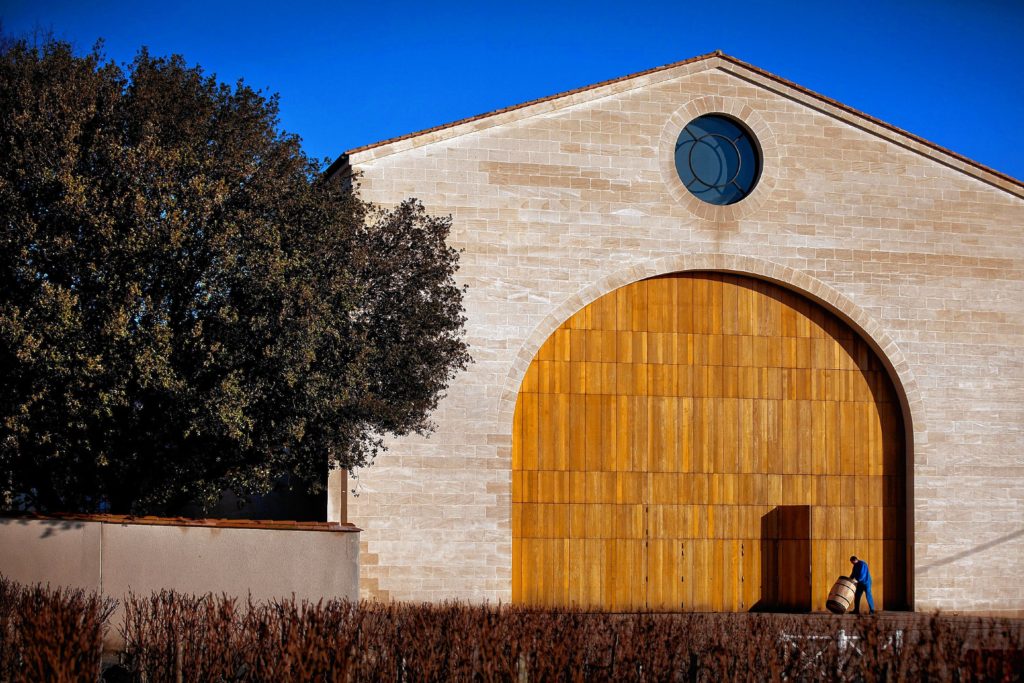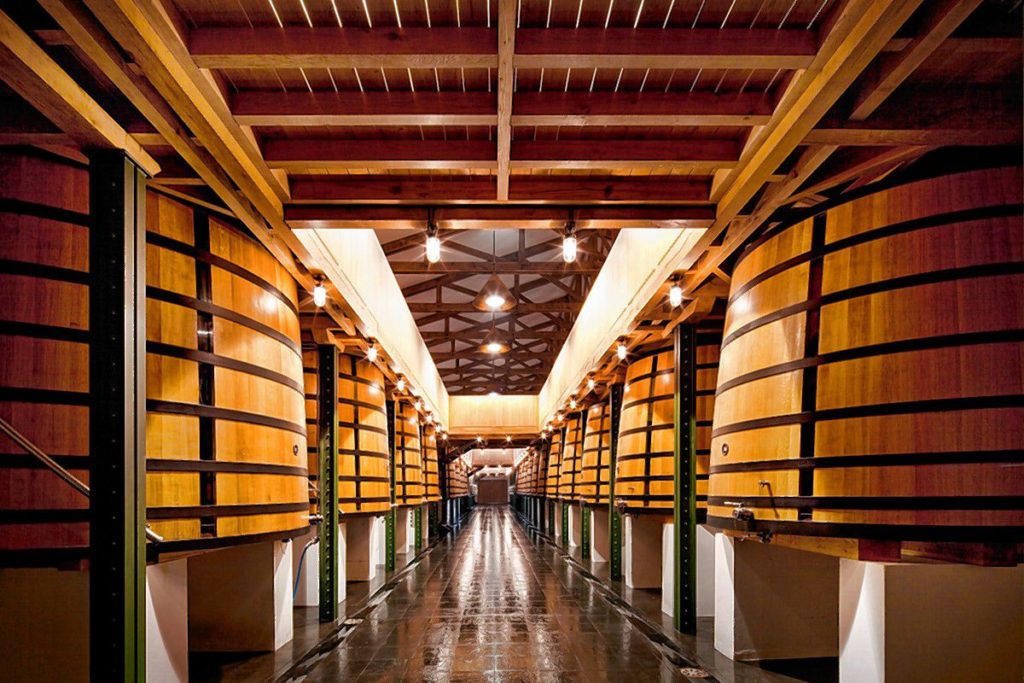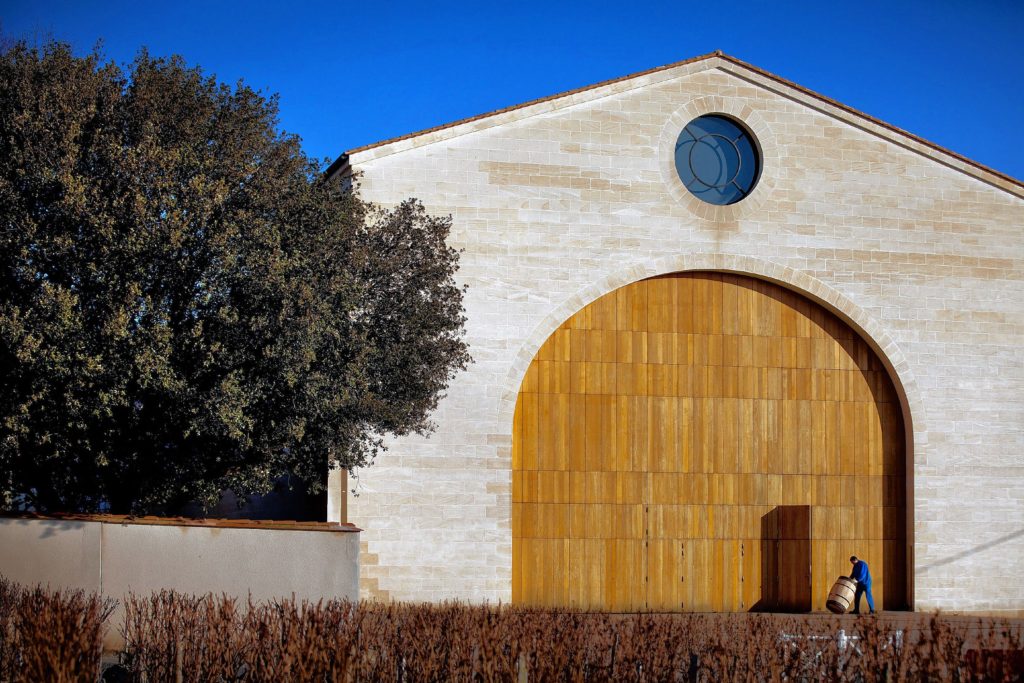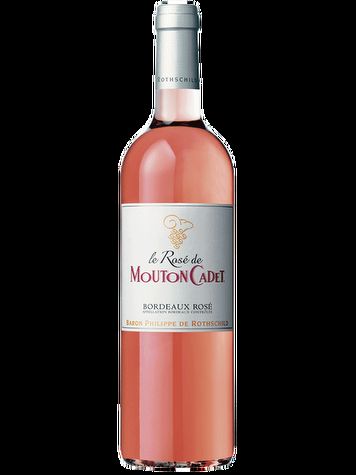All the stars have aligned for 2015 Bordeaux wines, which are coming out now, and are being heralded by international wine experts as the best vintage in at least five years.
That’s great news for French winemakers and for anyone who can afford to buy wine futures or has the money for the grand estate wines and wants to cellar them for rewards down the road.
But for those of us who shop in the $10 range and drink wine in the moment, word of the excellent vintage also is important, particularly if you’re a fan of Bordeaux.
The 2015 Le Rose de Mouton Cadet is known as a second wine. It’s not made from the finest grapes on the estate. Those go into the best and most expensive wines, but particularly in a good year, the second wines can be a cut far above their price range. That’s the case with Le Rose de Mouton Cadet.
The wine is produced by one of the top estates in France, and the Mouton Cadet label goes back almost 90 years, making it the most successful Bordeaux brand, wine expert and author Jancis Robinson says in her book The Oxford Companion to Wines.
Baron Philippe de Rothschild, who took over the estate in Pauillac in the Bordeaux region from his father in 1922 at the age of 20, started Mouton Cadet in 1927, and his grandson Philippe Sereys de Rothschild now serves as chairman of the board. It’s truly a family business with a 160-year history.
The Mouton Rothschilds, who are the English branch of the family, are next door neighbors to their French cousins, the Lafite-Rothschilds. It’s an understatement to say that both branches of the family have had a dramatic influence on wine, not just for producing some of the world’s most prestigious wines, but for bringing innovation and sustainable practices to the industry.
Before his death in 1988, Philippe put Mouton on sound financial footing through acquisitions of additional estates and partnerships with other winemakers, such as with Robert Mondavi — for Opus One — and Concha y Toro to produce a line of affordable wines.
Philippe was the first in the industry to develop and promote second wine, and he made Mouton Cadet immensely popular within a few years of its launch as a good wine at an affordable price. He also named the wine after himself, since he was the youngest son, the cadet, of the Mouton estate. I suppose he could have called it Mouton Junior or Little Mouton, but Philippe was a classy guy, and Mouton Cadet sounded better.
There also was more to Philippe than just having lots of disposable cash left over from the family’s banking business. He was a poet, translator, film producer, auto racer and art collector. In 1940, when the Nazis were marching toward the French border, Philippe and his wife were sent to a Vichy prison. She died in the concentration camps, but he escaped and made his way to Great Britain to join the Free French forces.
After the war, Philippe married Pauline Fairfax Potter, an American, and together they built Mouton from a back-country farm into a Mecca for film stars, artists, royalty and heads of state. An invitation to Mouton was more prized than one to the presidential palace, according to a 1996 New York Times article.
In 1945, the Baron and Pauline started commissioning a different artist each year to design the labels for the estate’s top wine, Mouton-Rothschild. Miro, Picasso, Chagall, Dali, Warhol and Motherwell are among those who contributed. This year, golf course architect Robert Trent Jones has created the label for the Mouton Cadet that is the official wine of the Ryder Cup golf tourney in September.
Until recently, Mouton Cadet came in two flavors, red and white. The rose was added in the last few years and just released in the United States. The wine is made from grapes grown in the clay and limestone soils in the Blaye area of Bordeaux, and is a blend of mostly Merlot and lesser amounts of Cabernet Sauvignon and Cabernet Franc.
The aromatic, pale pink wine is dry and has flavors of raspberries, pink grapefruit and cherry, the winemaker says in the tasting notes.
Le Rose is wonderful by itself on a warm evening, with appetizers or with shrimp sauteed in garlic-tarragon butter and served over spiralized, sauteed summer squash.
The winter and spring of 2015 were mild and dry in Bordeaux, followed by an ideal summer for grapes. The result was a great crop, and a very fine, inexpensive, Le Rose de Mouton Cadet.
The wine is widely available. I have found it for as little as $10.99 a bottle. If you’re not a fan of rose, try the red and white Mouton Cadet offerings. They are equally fine.
Suggestions of wines in the $10 range are always appreciated. Warren Johnston can be reached at raise.your.glass.to.wine@gmail.com.






